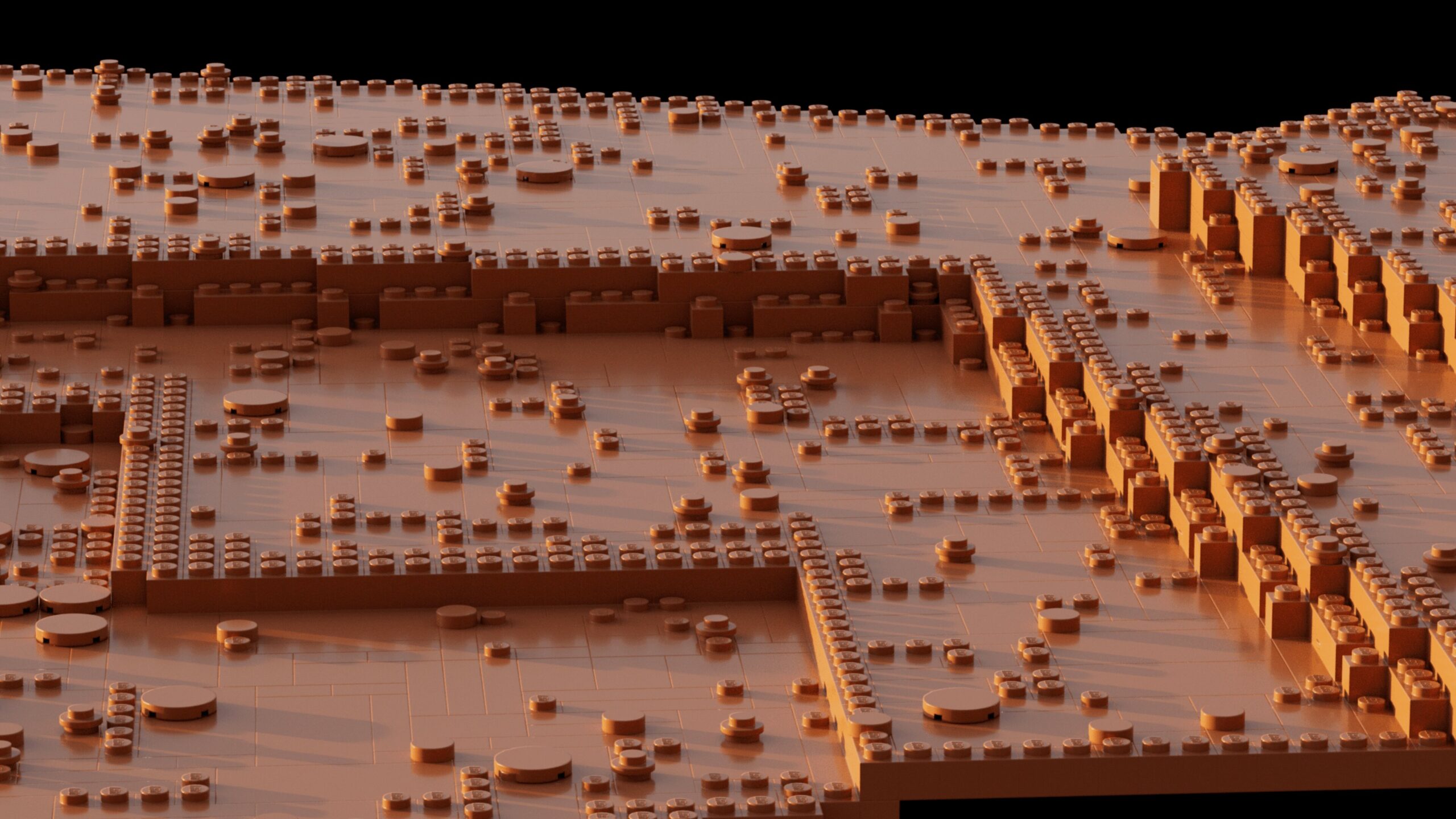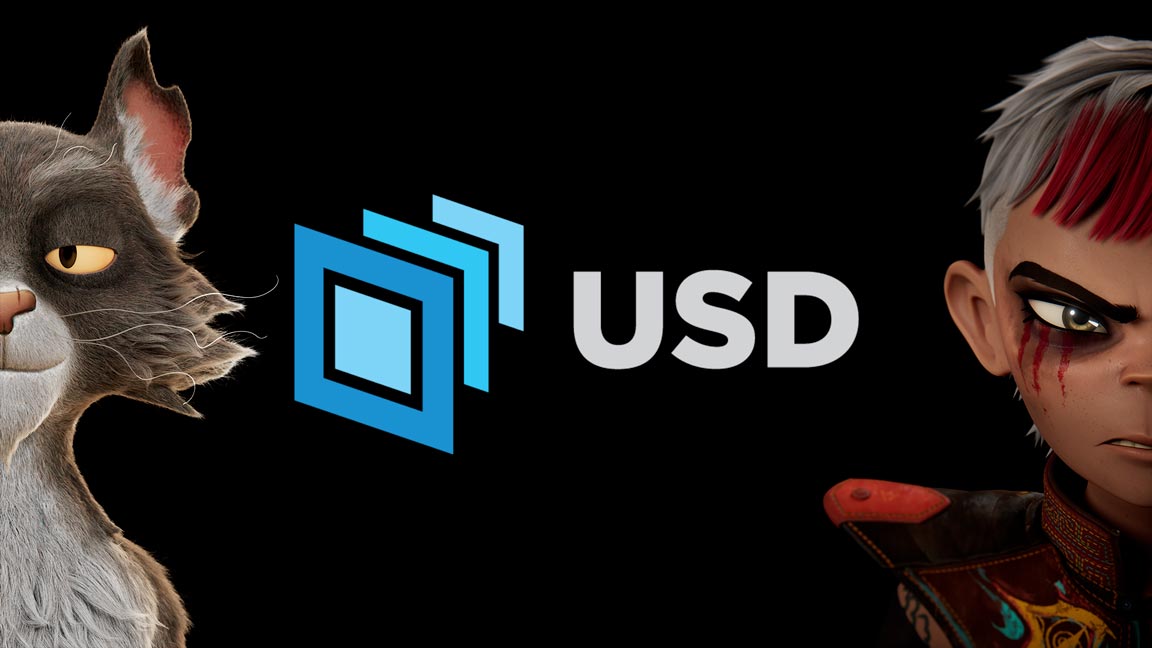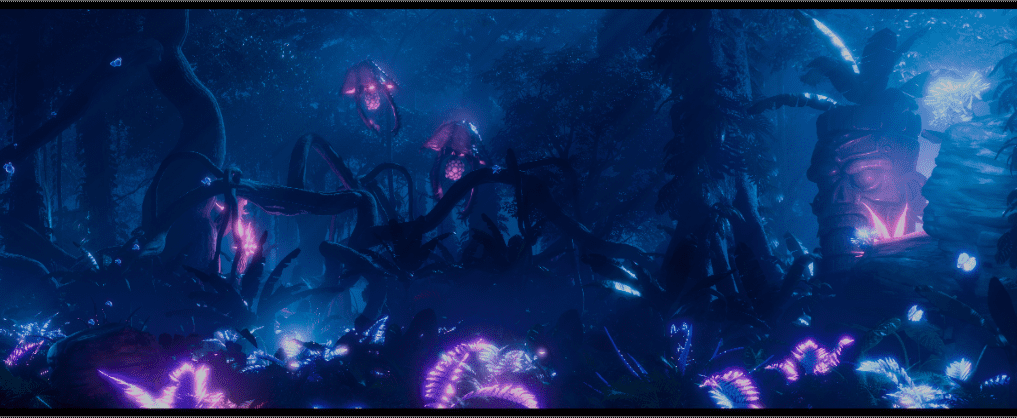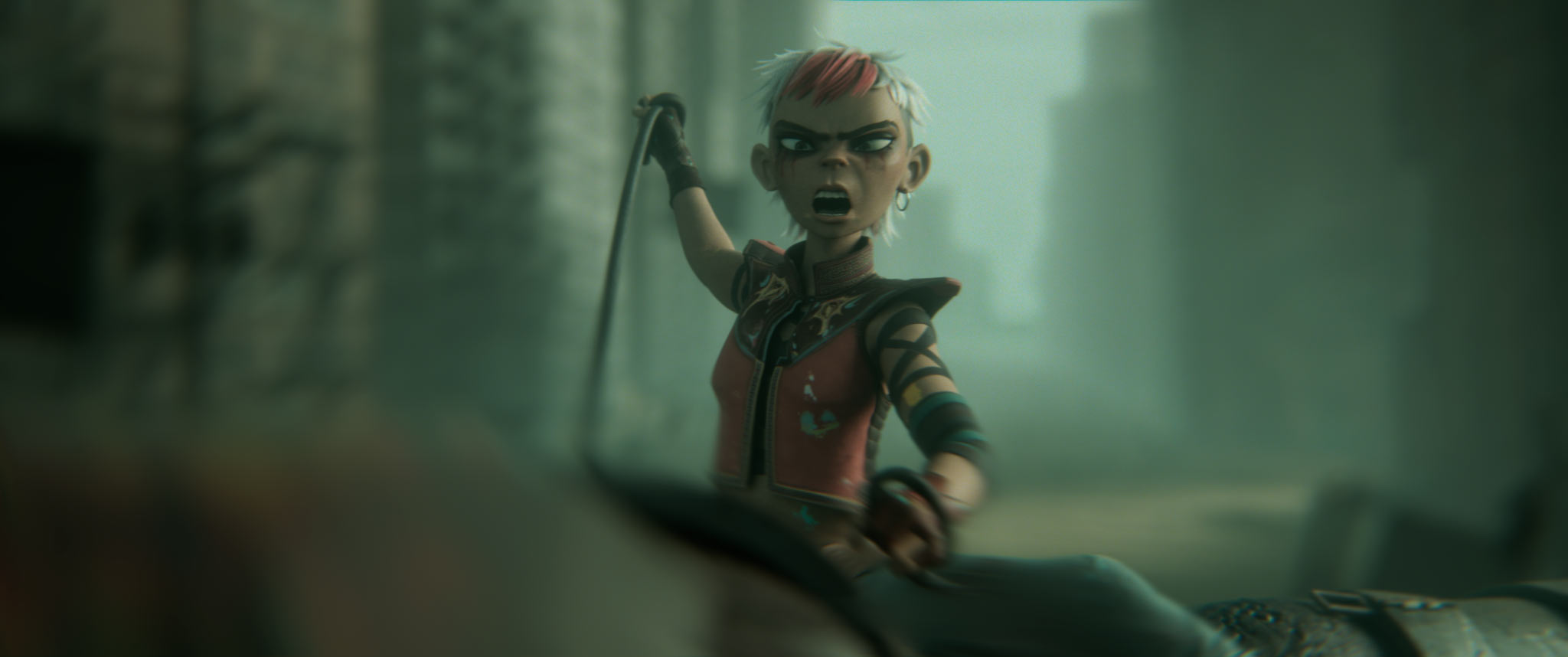Procedural LEGO Terrain Generation with Houdini
As part of creating a LEGO short film, I decided to develop a procedural asset for LEGO to meet production needs. Given the large number of sets required for the film, it made sense to develop a solution that could automatically generate these environments.
Technical Approach to Procedural LEGO Generation in Houdini
Creating the Point Grid
The first goal was to structure a grid of points from a basic terrain model. I used a "pointfromvolume" node to distribute the points evenly. This grid then serves as a guide for placing the LEGO blocks.
Creating the "available" Attribute for Brick Placement
I defined a custom attribute, “available,” to dynamically manage space occupancy. During each iteration, this attribute is updated based on the blocks placed, allowing for precise management of available areas. Each point in the grid is initially marked as “available” until a brick is placed there.
Brick Placement Algorithm
The placement algorithm uses a solver SOP to iterate over each point and determine where to position the bricks based on their size (length, width). In addition to checking the brick dimensions and the “available” attribute, I added a height layer to generate borders. This layer allows for precise boundary definitions, preventing bricks from being placed outside the terrain and avoiding structural inconsistencies.
Once the algorithm is applied to a brick, it is repeated for each brick in the scene, taking into account the bricks that have already been placed. This approach helps avoid generation errors.
Next, the entire system is sent to Solaris, where I apply shaders procedurally based on the types of bricks. The shaders are configured to match LEGO materials, providing a realistic render while maintaining the colors and textures specific to each block.
For mesh optimization, the bricks are represented by cubes with a very limited number of polygons. I then use curvature maps in Karma to simulate the rounded edges of LEGO bricks, creating the appearance of smooth curves without increasing the geometry complexity. This approach helps maintain high performance.
This version is just a v1 of the asset, with the goal of improving and enhancing it in future updates to further optimize the process and add new features.





